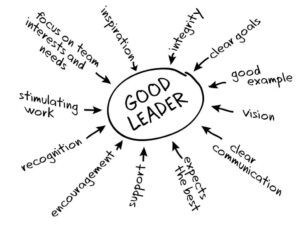
Successful Leaders Go “Bump In The Night”
I am amused when all I hear leaders talk about is their successes. The triumphs they achieved paint a blueprint of what it takes to

I am amused when all I hear leaders talk about is their successes. The triumphs they achieved paint a blueprint of what it takes to
Standout leadership is not discovered in any textbook. It is born in the trenches where results are achieved, conflict occurs, people engage and pain is
I had to call my technical support contact last month about a simple billing question. When I finally got a live person, after enduring five
What would you do if employee turnover was nearly 100%? Would you dismiss it? Or would you want to investigate and find ways to turn that trend around? Here’s a detailed framework for making that happen…